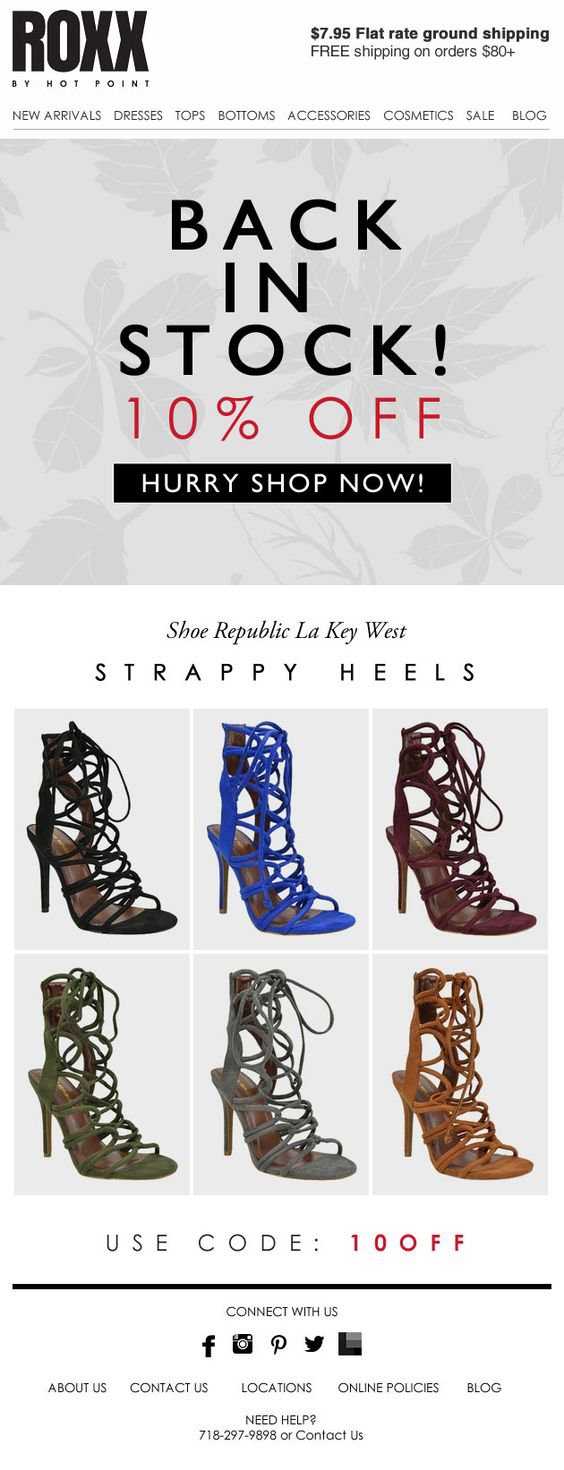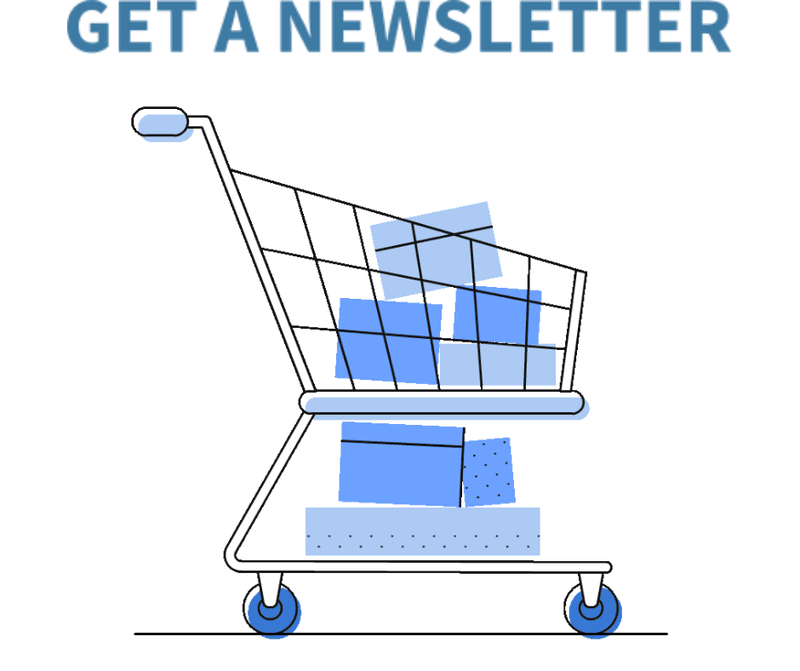Targeted email lists are subsets of your entire subscriber base, split up on the basis of certain characteristics in common. The process of generating targeted email lists in this way is often called SEGMENTATION.

Why would you want to segment your audience?
The main reason is so that you can increase your conversions while keeping unsubscribes to a minimum.
- Receiving too many emails is the biggest reason why people unsubscribe from mailing lists. Studies have found that 47.1% of millennials will unsubscribe from ANY list that sends out too many messages.
- Another massive reason is that the content received is irrelevant to the recipient.
- Both of these are major causes of senders being reported for spam.
Your audience is made up of individual people with different interests and needs, different characteristics and desires, and who have joined your mailing list for different reasons.
If you treat that as one single block instead of tailoring what you send to their specific interests, you’re going to be irrelevant to a lot of your subscribers.
You will also miss the chance to use WHAT YOU KNOW about particular members of your audience to make really compelling offers to them.
In this blog, we’re going to start by at the overwhelming evidence arguing for using targeted email lists instead of a blanket approach. Then we’re going to look at five of the most popular and effective segments you can use.
- Why Use Targeted Email Lists?
- Targeting by Age
- Targeting by Gender
- Targeting by Geography
- Targeting by Job and Organisation
- Targeting by Content Preferences
FYI: Get A Newsletter offers simple, powerful tools for building targeted email lists.
1. Why Use Targeted Email Lists?
It’s simple.
You get better results across the board.
The Direct Marketing Association has found that 77% of ALL email marketing return on investment comes from targeted email lists and segmented campaigns.
MailChimp has studied the data from its users, and broken the findings down by metric.

On every measurement that matters in email marketing, targeted email lists perform better than untargeted ones.
If you’re not segmenting your audience to tailor what you send, you need to start doing it now!
2. Targeting by Age
Not every product is appropriate for all age groups!
If you sell age-restricted products, you should be very careful about collecting users’ dates of birth so that you can screen out underage visitors.
But that date of birth information can be very useful in building up a picture of your audience and what they are likely to be interested in, enabling you to make tailored offers:
- People aged between 20 and 50 are more likely to have dependent school-aged children than those outside these that range
- Different types of holiday appeal to people in different age groups. Older people tend to enjoy cruises and walking holidays more than younger people, for example
- Students, retirees, people with grandchildren, etc are all more likely to fall into certain age bands than those outside them
If you know the age of your audience, you can tailor your language, cultural references, and tone of voice to what that group expects. 🤓

TOP TIP – Got your subscribers’ dates of birth? Why not send them a personalized message and a discount on their birthday?
3. Targeting by Gender
Men and women tend to be interested in and motivated by different things.
That’s not always true, but it’s true often enough for it to make a difference to your conversion rates.
Are men or women more likely to read this shoe store email, for example?
How about this one?

If you can target your male and female subscribers separately (by collecting their gender on lead capture or even just by interpreting their first names), you can tailor content for them that will convert better.
Build targeted email lists quickly with Get A Newsletter.
4. Targeting by Geography
Remember that advert for men’s shoes earlier? Did you understand what it said?
If so, there’s a very good chance you live in Sweden!

Would that email sell many shoes to people who don’t speak Swedish?
Probably not!
Location is just one of the factors that separate people living in different places around the world:
- There are different holidays – for example, Thanksgiving is not celebrated outside the USA
- There are different restrictions on certain activities and products – for example, online gambling is not permitted in most parts of Germany
- Seasons occur in different months – for example, December and January are the height of summer in Australia, while they are the middle of winter in Europe
We’re all more likely to buy flip-flops in the summer than in winter but that requires targeting your global audiences at different times.
If you have a multi-lingual website, your lead generation forms can automatically sort different language users into separate lists.
It is also possible to use cookies to identify visitors’ locations via their IP addresses.
Or you could just ask for postal address details and segment manually!
5. Targeting by Job and Organisation

If you can collect the names and sectors of subscribers’ businesses and their job titles when they sign up, you can target the content you send them to maximize the likelihood of conversion.
Again, this information helps you paint a picture of their needs and wants.
- People with senior job titles are harder to get hold of and less likely to engage with emails, BUT they are usually decision-makers, so they are worth customizing your approach
- You can filter out organizations that are too small to afford your services, students who are just researching a topic and not looking to buy, competitors signing up to see what you’re doing, etc
Once again, targeted email lists allow you to get closer and closer to a personal, directly-relevant message.
6. Targeting by Content Preferences

Maybe you’re not looking to drive conversions directly from your email marketing.
Perhaps you’re an information provider, or you’re trying to build trust by adding value, etc.
When you sign-up new subscribers, you can identify their content preferences and tailor recommendations to them on that basis. You can spot their preferences by:
- Their on-site journey, captured by analytics
- The theme of the page they signed up from
- Asking what they’re interested in on the lead capture form
Of course, that can be used for eCommerce as well. If somebody has browsed and/or purchased a whole load of women’s shoes from you before – recommend your new stock to them by email!
That’s just five ways to slice your audience up into targeted email lists.
But there are thousands of different ways it can be done, from the very simple to the highly complex and dynamic.
If you’re interested in segmenting your email list with Get A Newsletter’s intuitive and effective tools, you can try it for FREE today!
Leave a Reply